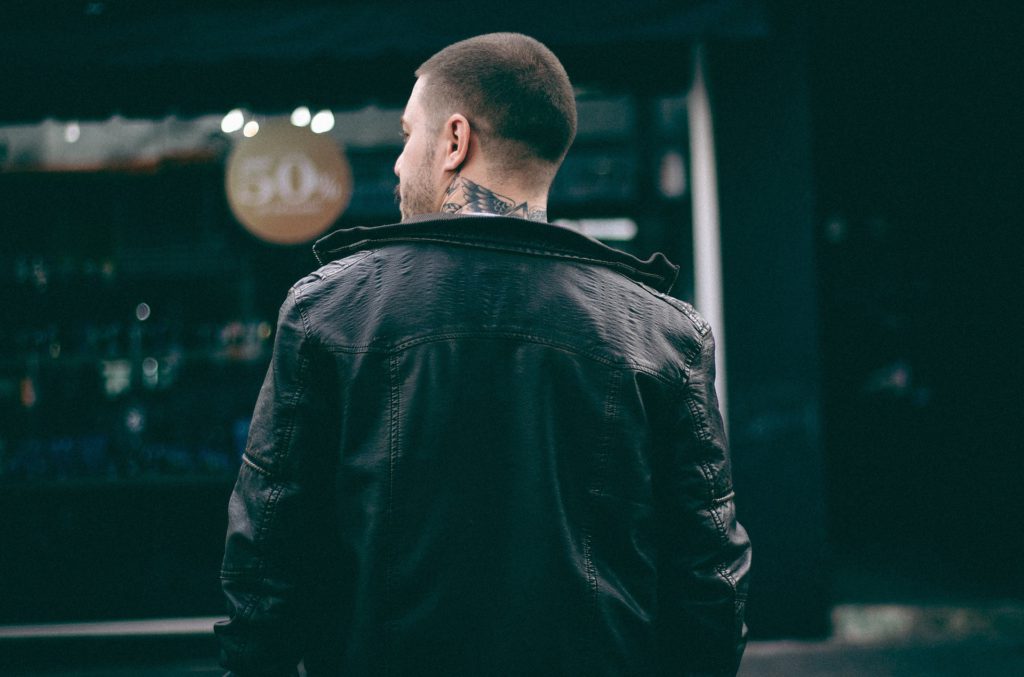Streetwear has famously made the biggest leap forward over the past few years, going from being an iconic item that was worshipped by the masses, to being an oversized behemoth of an icon within the luxury fashion community. It is no surprise, then, that in the past few years, fashion brands have been buying into the trend for streetwear. Now, luxury brands are taking up streetwear, making clothes they would specifically never have made before. Most big-name fashion brands, both luxury and mass-market, are shifting their strategies toward including streetwear.
For example, few experienced designers are still hanging around for the sake of offering quality with the trend of streetwear. The second reason why established brands are interested in that streetwear has upended how trends have taken hold. With streetwear’s improved quality and very few designers creating multiple designs, streetwear is climbing back up the fashion scale.
It is in recent seasons that streetwear has managed to rise into the upper echelons of fashion, becoming established as a force in the retail space that needs to be reckoned with. While the first streetwear items were made a long time ago, no one called it a trend or fashion style until the 1990s, when it became a worldwide sensation.
After becoming popular in California, the streetwear hoodie look spread across the West Coast, where it became a staple in the skateboard and hip-hop circles in New York. Streetwear styles became popularized by hip-hop, skateboarding, and social media, and as such, became so much more attention-grabbing and daring.
In its early days, streetwear was simpler, an antidote to the complex, detailed styles in vogue at the time. During this period, street style icons’ looks consisted mostly of one brand from the higher end. Like the majority of skateboard brands of the 1980s and 1990s, streetwear was representative of an emerging subculture without mainstream fashions mainstream popularity.
High-fashion brands recognized celebrities’ strengths, and the hip-hop scene was exactly the counterculture with which streetwear styles resonated. In the 2010s, certain streetwear brands were now being coveted just as highly as more historically elite fashion brands.
By the mid-1980s, Nike had taken over the market for urban streetwear sneakers, while other apparel brands like Champion and Timberland had become heavily associated with the scene. The most popular shoe at this time was Nikes Air Force 1, immortalized in the song by Nelly, then clothing manufacturers began following the streetwear companies’ lead by adopting the concept of highly limited-edition capsule collections, now known as drops, in which social media and scarcity of products were used as marketing tools.
Back in the 1990s, hip-hop artists and others who had influenced and celebrated a wide range of popularization for sportswear that they used to wear, was the exact way that they were adapting big sports brands from around the world like Nike or Reebok to what we call streetwear today.
While streetwear has roots in California and New York, other early adopters like Hiroshi Fujiwara and Nigo, both influential DJs and designers, were mostly responsible for bringing the street style and hip-hop scenes into Japan during the 80s. Streetwear styles are commonly accepted as having emerged from the New York hip-hop culture of the late 1970s and early 1980s, with elements from the surf culture of Los Angeles.

By definition, street style is a particular fashion style that originated in British fashion culture. Streetwear fashion has no rigid rules, always changing and evolving according to the streets (or, in slightly less vulgar terms, to say, outside influences of pop culture and subcultures).
As a multicultural city, with an increased concentration of cultures and their traditions, London is the kind of place where street style embodies not just a broad conception of pop fashion, but it works as a tool to express social and cultural identity.
The term streetwear refers to the distinct street style that has roots in Californian and skate cultures, but it also incorporates elements from hip-hop fashion, contemporary high fashion, and haute couture. Streetwear originated as a blend of hip-hop fashion in New York City, the surfing culture of California, and elements of athletic wear, punk, and Japanese street fashion.
From the 1990s until now, it has just evolved massively, going from just a couple of brands to thousands for this kind of fashion, and looks like it is just going to keep growing. Aside from growing out of New York City and California, streetwear has also had its roots deeply rooted in Japanese fashion, at a street level.
Contemporary street hoodies have also grown to become far more influential within the high-fashion influence world, in turn being influenced by the runway shows by high-profile designers. Streetwear has appealed not only to teenagers and young adults, but a move towards luxuriating appeals to the higher-end of the fashion world, creating growth for the industry along with well-known brands such as Louis Vuitton, Gucci, and Balenciaga.
Hip-hop has become synonymous with streetwear, from early pioneers such as L.L. Cool J to contemporary figures such as ASAP Rocky and Kanye, the influence in the world of fashion is unquestionable. Streetwear was moving towards becoming an entrenched part of pop culture, and figures like Kanye West (in charge of Yeezy) and Virgil Abloh (Off-White) took this to an unprecedented level, demarcating the boundaries between extravagant designs and street styles, and appropriating developments to higher moulds.
As a result, the late 70s/80s streetwear brands borrowed heavily from DIY aesthetics from punk, new wave, and heavy metal cultures. Some say streetwear was born out of a reaction against mass-produced styles in mall fashion and was a way for individuals to express themselves by creating their styles in an attempt to distinguish themselves from the humdrum mainstream. Benjamin Schneider, a research analyst for Euromonitor International, told Business Insider that the streetwear subculture has been around for decades, having its roots in the cultures of skateboarding, surfing, and hip-hop.

